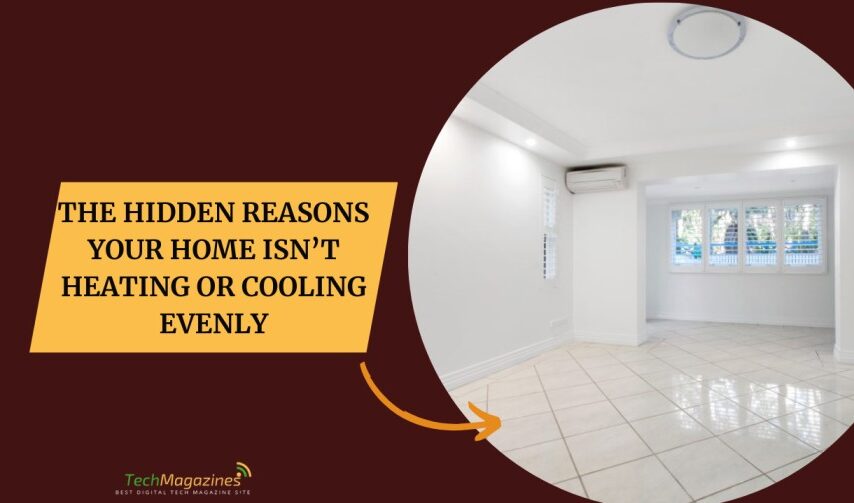When your home fails to maintain a consistent temperature, it can be both frustrating and inefficient. Uneven heating or cooling may seem like a mysterious problem, but it often stems from several hidden issues that can be identified and remedied. Many factors—from poor insulation to outdated HVAC components—can cause some rooms to feel much colder or warmer than others. In today’s market, technology offers tailored solutions; for example, in Australia, many opt for multi split air conditioner setups, while in New Zealand, homeowners may choose split system heat pump installations to better address localized climate challenges.
One of the primary causes of uneven indoor temperatures is the design and condition of your ductwork. Leaky or improperly installed ducts can allow heated or cooled air to escape before it reaches every corner of your home. Additionally, ducts that are too small or poorly designed may restrict airflow, leading to significant temperature differences between rooms. If your system isn’t delivering air uniformly, it might be time to have a professional inspect your ductwork. This inspection can identify blockages, disconnections, or areas where insulation is lacking, allowing you to make targeted improvements.
The placement of vents and registers also plays a crucial role in distributing air evenly. Vents located in dead-end areas or obscured by furniture will limit the flow of air, leaving some areas feeling stagnant or uncomfortable. Regularly checking that all vents are open and free of obstructions can greatly improve overall airflow. It is also important to consider the room layout; a room with many partitions or a non-standard shape might require additional or repositioned vents to distribute air more effectively.
Inadequate Insulation and Window Efficiency
Poor insulation is a silent culprit behind uneven heating and cooling. When your walls, attic, or floors lack sufficient insulation, conditioned air escapes more quickly than it should. This not only forces your heating or cooling system to work harder but also results in temperature imbalances throughout the home. Similarly, windows with poor thermal performance can allow drafts to form, making some areas noticeably colder in winter or hotter in summer. Upgrading insulation and investing in energy-efficient windows are proven methods to stabilize indoor temperatures and reduce energy waste.
Equipment Sizing and Maintenance Issues
Another often-overlooked factor is the sizing and maintenance of your HVAC system. An HVAC unit that is too large or too small for your home’s needs can lead to short cycling or extended run times, respectively. Both scenarios can cause uneven temperatures as the system struggles to reach and maintain the desired settings. Regular maintenance is key; cleaning filters, calibrating thermostats, and checking for system errors can enhance performance. Moreover, ensuring that your unit is properly sized for your home can prevent the common pitfall of overshooting or undershooting the target temperature.
Airflow Management and Zoning Solutions
Beyond insulation and ductwork, the way air is distributed within your home is critical. Zoning systems allow you to control the temperature in different areas separately, ensuring that every room achieves its optimal comfort level. For instance, frequently used areas like living rooms or kitchens might need different settings than bedrooms or storage areas. Implementing a zoning system often involves installing additional sensors and smart thermostats, which can help adjust temperatures based on occupancy and time of day.
In some cases, poor airflow might also be due to external environmental factors, such as the position of your home relative to the sun or wind. Strategically placing window coverings, fans, or even using natural landscaping can help mitigate these external effects. Regular assessments of your home’s energy performance can identify these subtle influences, allowing you to adapt your living space accordingly.
Identifying the hidden reasons behind uneven heating and cooling is the first step toward a more comfortable and efficient home. With careful evaluation of ductwork, insulation, equipment sizing, and airflow distribution, you can address the underlying issues that cause temperature disparities. By taking actionable steps and considering both modern technology and practical adjustments, you’ll be well on your way to achieving a balanced and welcoming indoor environment.







